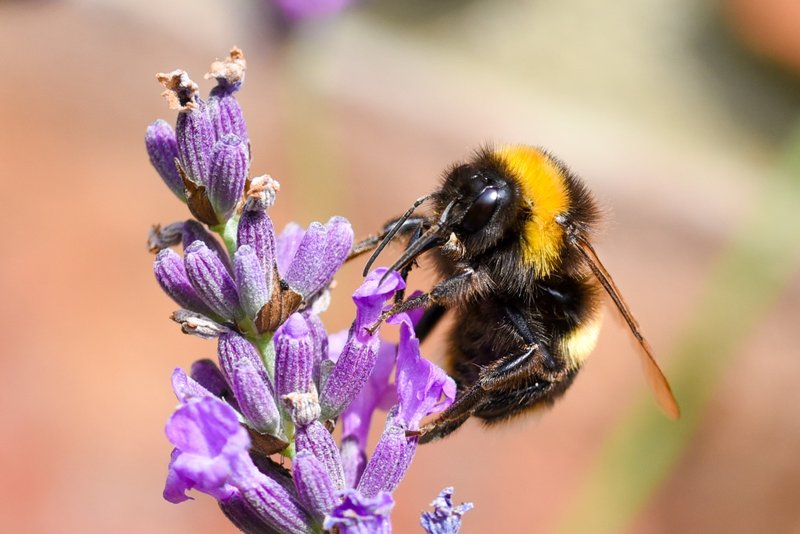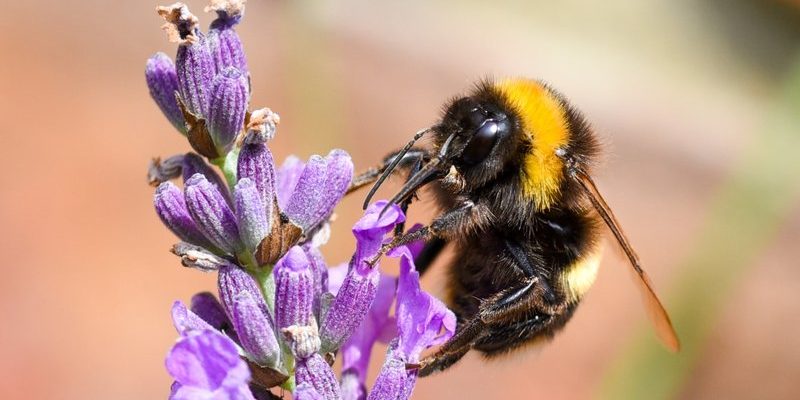
Let’s dive into the world of bumblebees, where we’ll uncover truths that might surprise you. Bumblebees are not only vital for our ecosystem but are also truly unique in how they live and work. So, grab your favorite cup of coffee, and let’s chat about some common myths that are just waiting to be debunked.
Bumblebees Are All the Same
One of the most common myths is that all bumblebees are alike. In reality, there are about 250 species of bumblebees worldwide! Just imagine a big family reunion where everyone has their own unique traits, personalities, and quirks. Some bumblebees are tiny, while others are quite large; some can be seen with bright orange stripes, while others are mostly black.
Each species has adapted to different environments, which influences their size, color, and behavior. For example, the red-tailed bumblebee is known for its distinctive reddish tail, while the buff-tailed bumblebee has a more muted appearance. Understanding these differences helps us appreciate their roles in pollination and biodiversity.
You might be wondering why it matters to know the difference between species. Well, recognizing these unique traits can make it easier to identify which bees are buzzing around your garden or local park, and it can help conservation efforts by ensuring we’re protecting the right species in their habitats.
Bumblebees Are Dangerous and Aggressive
Another myth that often comes up is the idea that bumblebees are dangerous and will attack if you get too close. Honestly, the truth is quite the opposite! Bumblebees are generally pretty docile. They’re more interested in gathering nectar and pollen than bothering humans.
Bumblebees have stingers, yes, but they usually only use them as a last resort. If you don’t bother them, they won’t bother you. It’s similar to how you might feel on a crowded train; you just want to get to your stop without any fuss. If a bumblebee feels threatened or provoked, though, it may sting in self-defense. Still, this is rare.
So, if you see a bumblebee buzzing nearby, just keep calm and let it do its thing. They are vital for pollinating many plants, including those that produce our fruits and vegetables, so it’s worth giving them space.
Bumblebees Make Honey Just Like Honeybees
Here’s a common misconception: many people think bumblebees produce honey like honeybees do. While honeybees are famous for their honey production, bumblebees don’t quite work the same way. Instead of building large hives and storing honey for long periods, bumblebees create small nests where they store just enough nectar for their needs.
Think of it this way: if honeybees are chefs making large meals for a banquet, bumblebees are more like home cooks, whipping up just enough nourishment for themselves and their babies. Bumblebees do collect nectar and pollen, but they focus on immediate survival rather than long-term storage.
If you’re wondering why this distinction matters, it’s because it affects how we understand their ecology and role in our gardens. Bumblebees may not provide us with honey, but they play a crucial role in helping plants reproduce, which is incredibly important for our food supply.
Bumblebees Live for a Long Time
You may have heard that bumblebees have long lifespans, but that’s a myth! Most bumblebee workers live for only a few weeks, while the queen may live for a season or even longer. Think of their life cycle like a summer vacation—lots of activity and excitement, but it doesn’t last forever.
In the spring, a queen emerges from hibernation and starts a new colony. She lays eggs, which hatch into workers who help her gather food and care for the next batch of eggs. By the end of summer, the original queen and her workers generally die off. Only new queens survive, hibernating to start the cycle again the following spring.
This seasonal cycle is crucial for their population dynamics. When you see bumblebees in action during warmer months, you’ll know they’re working hard—knowing that their time is limited adds a sense of urgency to their important tasks!
All Bumblebees Are Good Pollinators
Yes, bumblebees are known for their incredible pollination abilities, but not all species are equally effective. Some bumblebees are experts at pollinating specific plants, while others may not be as proficient. Just like how not every remote control works perfectly with every TV brand, not all bumblebees are suited for every flower.
Bumblebees are especially good at pollinating plants that require a technique called buzz pollination. This is when they vibrate their bodies to release pollen from flowers. Some plants, like tomatoes and blueberries, rely on this special technique to produce fruit. However, other plants may be better pollinated by other insects or creatures.
Understanding the diversity of bumblebee pollination can help gardeners and farmers choose the right plants to attract these helpful insects, optimizing both plant health and crop yields.
Bumblebee Populations Are Thriving
It might be easy to think that bumblebee populations are growing, but the reality is rather concerning. Many bumblebee species are in decline due to habitat loss, climate change, and pesticides. Just as we need to look after our remote controls to keep them functioning well, we also need to care for bumblebees and their environments.
Some studies have shown that certain species of bumblebees have disappeared from areas where they once thrived. Protecting their habitats—like wildflower meadows and natural areas—is essential for their survival.
You might be wondering what you can do to help. Creating a bee-friendly garden with native plants, avoiding pesticides, and providing shelters can make a big difference. Every little bit counts!
Bumblebees are incredible animals that play a vital role in our ecosystems, yet they are often misunderstood. By dispelling these common myths, we can better appreciate their importance and the challenges they face. Just like with our favorite remote controls, understanding the nuances of these creatures helps us interact with them thoughtfully and responsibly.
So, the next time you see a bumblebee buzzing around, remember that there’s more to these fuzzy little insects than meets the eye. They are not just pollinators; they’re essential contributors to our environment, and they deserve our care and respect. Together, we can help ensure their survival for generations to come.

